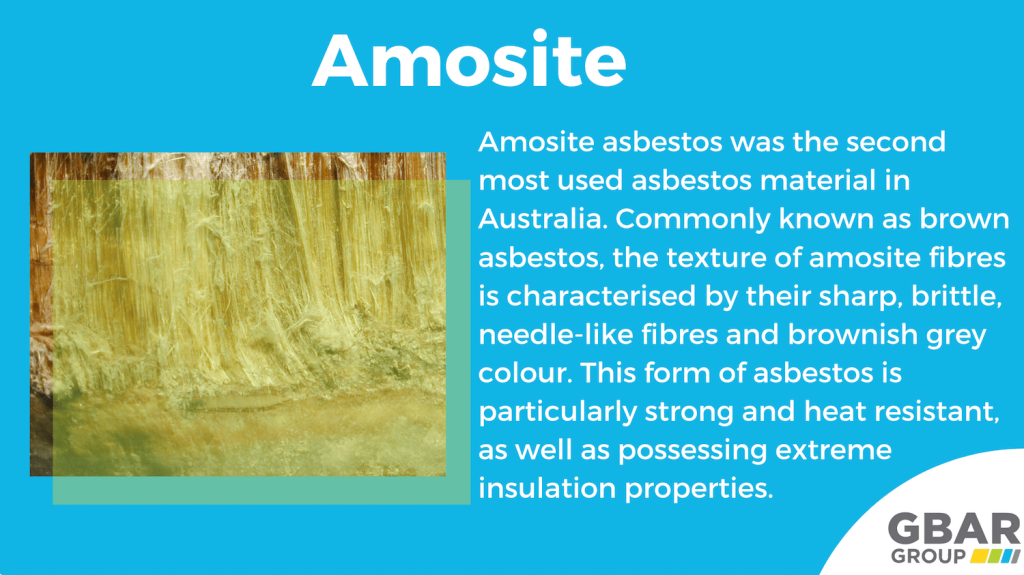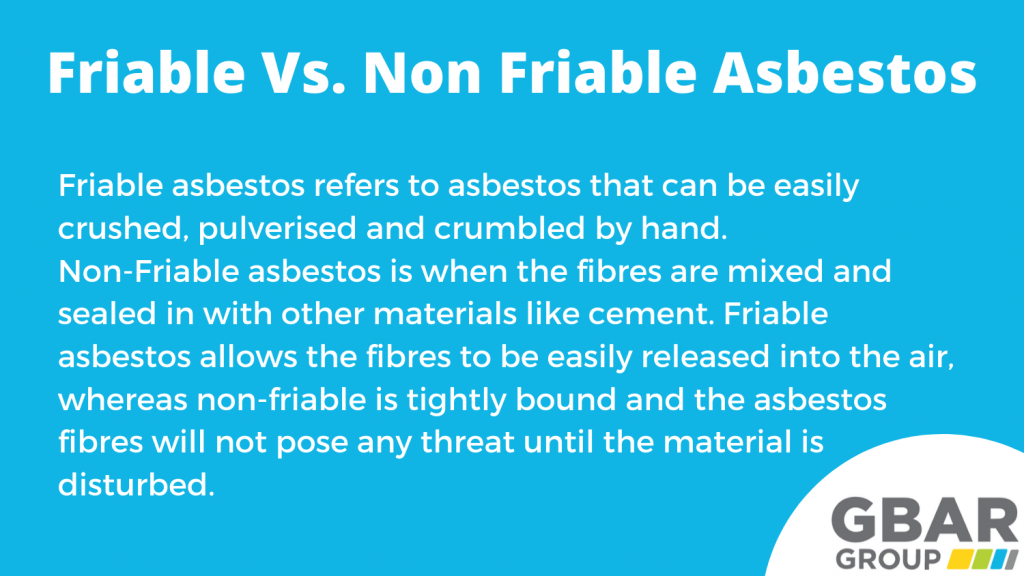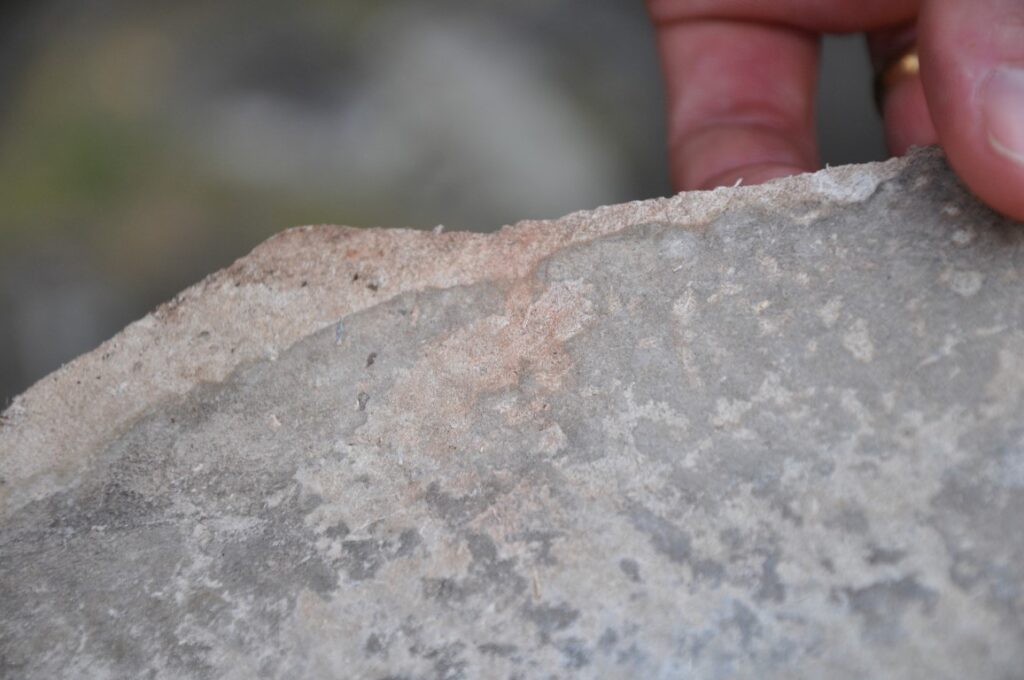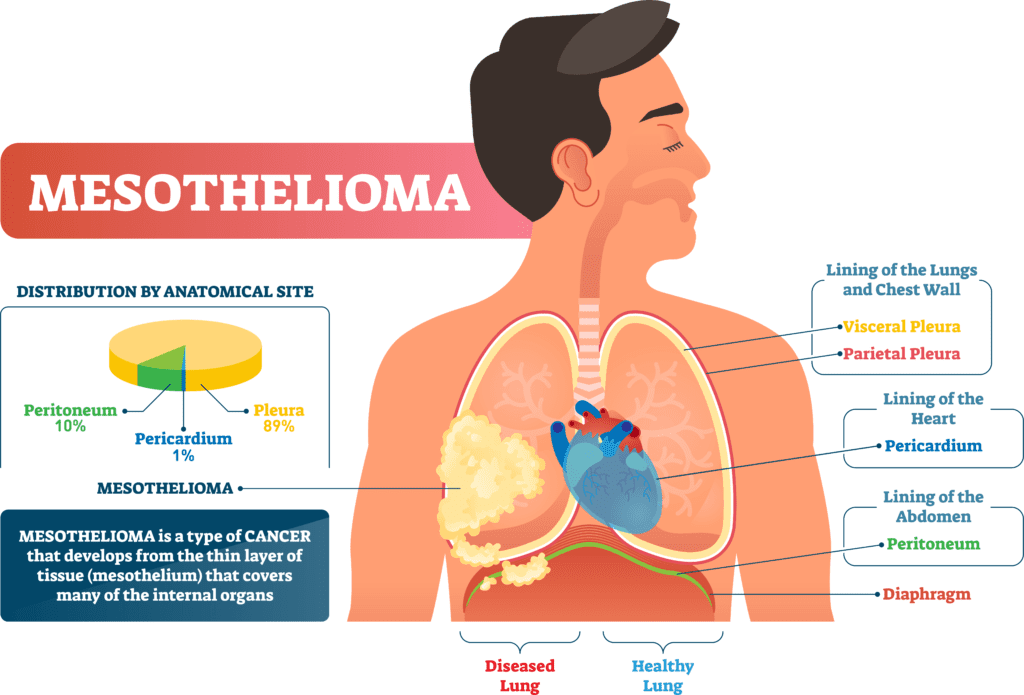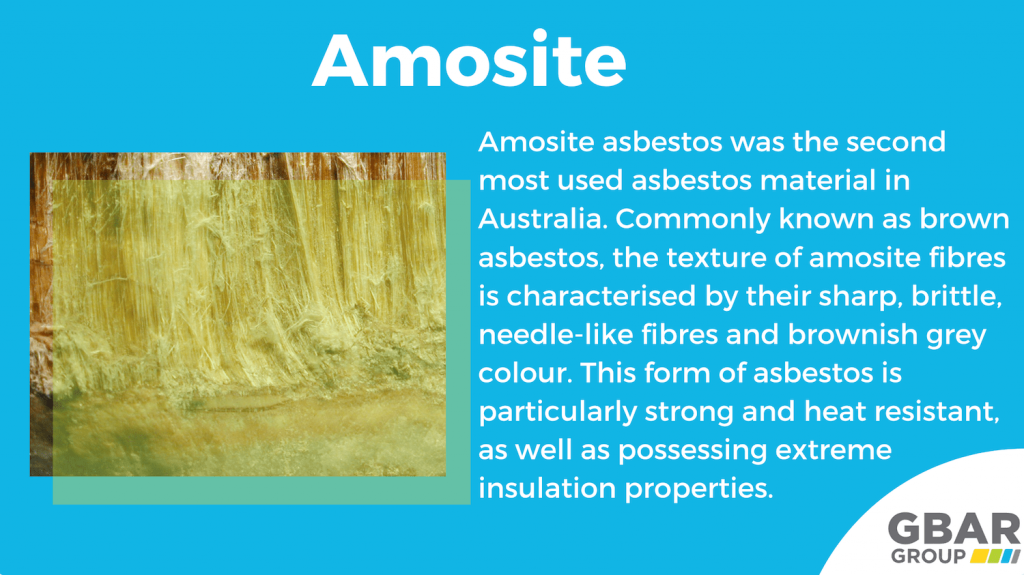In this article, you will discover the true colors of the three types of asbestos. Unveiling the mystery surrounding their hues, we will delve into the unique characteristics of each type and shed light on the importance of identifying the color of asbestos for safety reasons. From the timeless elegance of white asbestos to the mysterious blue and brown varieties, join us on a journey to understand the colors that define these potentially harmful substances. So, grab a seat, put on your learning cap, and let’s explore the fascinating world of asbestos colors together!


1. Chrysotile Asbestos
Chrysotile asbestos, also known as white asbestos, is a type of asbestos that belongs to the serpentine structure. Its fibers have a curly, serpentine shape, which is why it is called serpentine asbestos. Chrysotile asbestos is generally pale green or white in color, making it easily distinguishable from other types of asbestos.
2. Amosite Asbestos
Amosite asbestos is a type of asbestos that belongs to the amphibole structure. Unlike chrysotile asbestos, the fibers of amosite asbestos are straight and needle-like in shape. This gives them a unique appearance and makes them easily identifiable. Amosite asbestos is typically gray-brown in color, which further aids in its recognition.
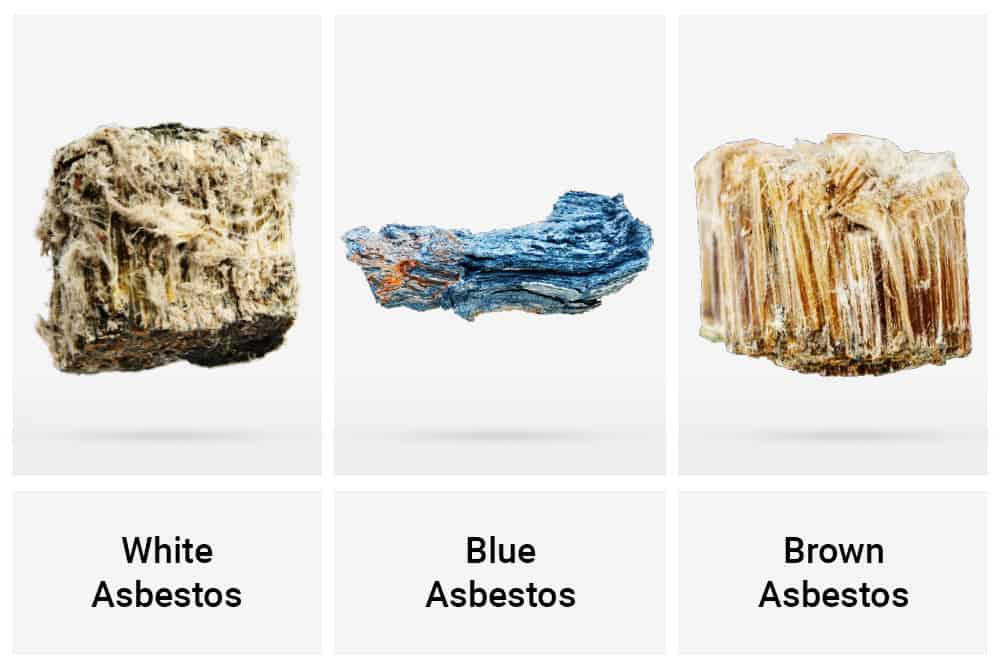

3. Crocidolite Asbestos
Similar to amosite asbestos, crocidolite asbestos is also a type of asbestos that belongs to the amphibole structure. The fibers of crocidolite asbestos are even thinner and more fibrous compared to other types of asbestos. They have a distinct blue color, which sets crocidolite asbestos apart from chrysotile and amosite asbestos.
4. Types of Asbestos Minerals
Asbestos minerals can be broadly classified into two categories: serpentine asbestos and amphibole asbestos. These categories are based on the structure and composition of the asbestos fibers.
4.1 Serpentine Asbestos
Serpentine asbestos is characterized by curly, serpentine-shaped fibers. Chrysotile asbestos falls under this category and is the most common type of asbestos found in commercial products. Its pale green or white color makes it easily distinguishable.
4.2 Amphibole Asbestos
Amphibole asbestos is characterized by straight, needle-like fibers. Both amosite and crocidolite asbestos belong to this category. Amosite asbestos is gray-brown in color, while crocidolite asbestos has a distinct blue color.


5. Serpentine Asbestos
Serpentine asbestos is predominantly represented by chrysotile asbestos, which is the most widely used and commercially available form of asbestos. Chrysotile asbestos typically exhibits a pale green or white color, which makes it stand out from other types of asbestos.
5.1 Chrysotile
Chrysotile asbestos, as mentioned earlier, has a curly, serpentine structure and is characterized by its pale green or white color. Due to its unique structure, chrysotile asbestos has been extensively used in various industries, such as construction, manufacturing, and automotive, for its heat resistance and durability.
5.2 Pale Green or White Color
The pale green or white color of chrysotile asbestos is a result of its mineral composition and formation. This color variation can be attributed to impurities present in the asbestos fibers, which may affect the overall appearance.
6. Amphibole Asbestos
Amphibole asbestos comprises two main types: amosite and crocidolite. These types of asbestos differ from serpentine asbestos in terms of their fiber structure and color.
6.1 Amosite
Amosite asbestos is a form of amphibole asbestos that is primarily gray-brown in color. Its straight, needle-like fibers give it a distinctive appearance. Amosite asbestos was commonly used in the insulation industry due to its excellent resistance to heat and fire.
6.2 Gray-Brown Color
The gray-brown color of amosite asbestos is a result of its mineral composition, which may contain impurities that contribute to this specific coloration. The presence of iron in the asbestos can also influence its color.
6.3 Crocidolite
Crocidolite asbestos, also known as blue asbestos, is another type of amphibole asbestos. It is characterized by its thin, brittle fibers and distinct blue color. Crocidolite asbestos was primarily used in the manufacturing of products that required high resistance to chemical corrosion.
6.4 Blue Color
The blue color of crocidolite asbestos is a unique feature that sets it apart from other types of asbestos. This coloration is a result of the iron content present within the mineral composition of crocidolite asbestos.


7. Appearance of Asbestos
The appearance of asbestos can vary based on several factors such as color, impurities, and weathering effects. Understanding these variations can help identify and assess the presence of asbestos in different settings.
7.1 Variations in Color
As discussed earlier, the color of asbestos fibers can vary depending on the type and impurities present in the mineral composition. Chrysotile asbestos is typically pale green or white, amosite asbestos is gray-brown, and crocidolite asbestos is blue. These color variations serve as valuable indicators for identifying different types of asbestos.
7.2 Impact of Impurities
Impurities present in asbestos fibers can influence their color and appearance. Different minerals and elements found within the surrounding environment can contribute to the presence of impurities. These impurities, in turn, affect the overall color of the asbestos fibers.
7.3 Weathering Effects
Over time, asbestos materials may undergo weathering due to exposure to external factors such as sunlight, moisture, and temperature fluctuations. This weathering can alter the appearance of asbestos, making it appear dull, faded, or discolored. It is important to recognize these weathering effects when assessing potential asbestos hazards.
8. Identification of Asbestos
Identifying the presence of asbestos is crucial for ensuring safety and complying with regulations. There are two primary methods for identifying asbestos: visual inspection and laboratory analysis.
8.1 Visual Inspection
Visual inspection involves carefully examining the appearance and characteristics of materials suspected to contain asbestos. A trained professional can visually identify asbestos based on its unique fiber structure, color, and other distinguishing features. However, visual inspection alone may not provide conclusive results and should be followed by laboratory analysis.
8.2 Laboratory Analysis
Laboratory analysis involves collecting samples of materials suspected to contain asbestos and subjecting them to rigorous testing. These samples are analyzed under controlled conditions to identify the presence of asbestos fibers. Specialized techniques, such as polarized light microscopy, are used to accurately determine the type and concentration of asbestos present.
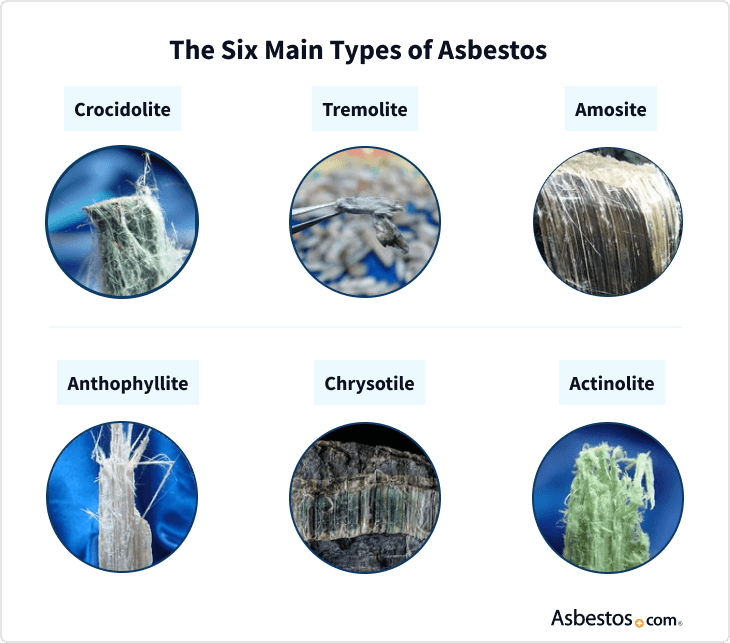

9. Factors Affecting Color Perception
Perceiving the color of asbestos correctly is essential for accurate identification. However, several factors can influence color perception, making it important to consider these factors when assessing asbestos materials.
9.1 Lighting Conditions
The lighting conditions under which asbestos is observed can significantly affect the perception of its color. Different types of lighting, such as natural daylight, fluorescent lighting, or incandescent lighting, can alter the appearance of colors. Therefore, it is important to consider the lighting environment when identifying asbestos by color.
9.2 Surface Contamination
Surface contamination, such as dust, dirt, or other particles, can accumulate on asbestos materials, potentially altering their color or appearance. This contamination can make it challenging to accurately assess the color of asbestos fibers. Cleaning or removing surface contaminants can help provide a more accurate representation of the original color.
10. Health Risks of Asbestos
Understanding the health risks associated with asbestos is essential to ensure proper precautions and protect individuals from potential harm. Exposure to asbestos fibers can lead to various respiratory diseases and serious conditions.
10.1 Respiratory Diseases
Inhalation of asbestos fibers can cause various respiratory diseases, including asbestosis, a chronic lung condition characterized by scarring of lung tissue. Additionally, exposure to asbestos can lead to the development of pleural plaques, pleural thickening, and pleural effusion, which can severely impact lung function.
10.2 Lung Cancer
Exposure to asbestos significantly increases the risk of developing lung cancer. The carcinogenic properties of asbestos fibers can cause mutations in lung cells, leading to the development of lung cancer. Symptoms of asbestos-related lung cancer may include coughing, chest pain, shortness of breath, and weight loss.
10.3 Mesothelioma
Mesothelioma is a rare and aggressive form of cancer that primarily affects the lining of the lungs, abdomen, or heart. It is almost exclusively caused by exposure to asbestos fibers. Mesothelioma has a long latency period, and symptoms may not appear until decades after the initial exposure. Early detection and treatment are crucial for improving outcomes.
10.4 Asbestosis
Asbestosis is a chronic lung disease that occurs due to prolonged exposure to asbestos. The inhalation of asbestos fibers causes inflammation and scarring of lung tissue, leading to breathing difficulties, persistent coughing, and chest tightness. Asbestosis can significantly impair lung function and quality of life.
In conclusion, chrysotile asbestos is pale green or white in color and belongs to the serpentine structure, while amosite asbestos is gray-brown and belongs to the amphibole structure. Crocidolite asbestos, on the other hand, has a distinctive blue color and also belongs to the amphibole structure. Understanding the appearances and characteristics of different types of asbestos is crucial for identification and proper handling. It is important to take necessary precautions when dealing with asbestos due to the potential health risks associated with exposure. Regular inspections, proper training, and adherence to safety guidelines can help prevent asbestos-related illnesses and protect individuals from harm.

